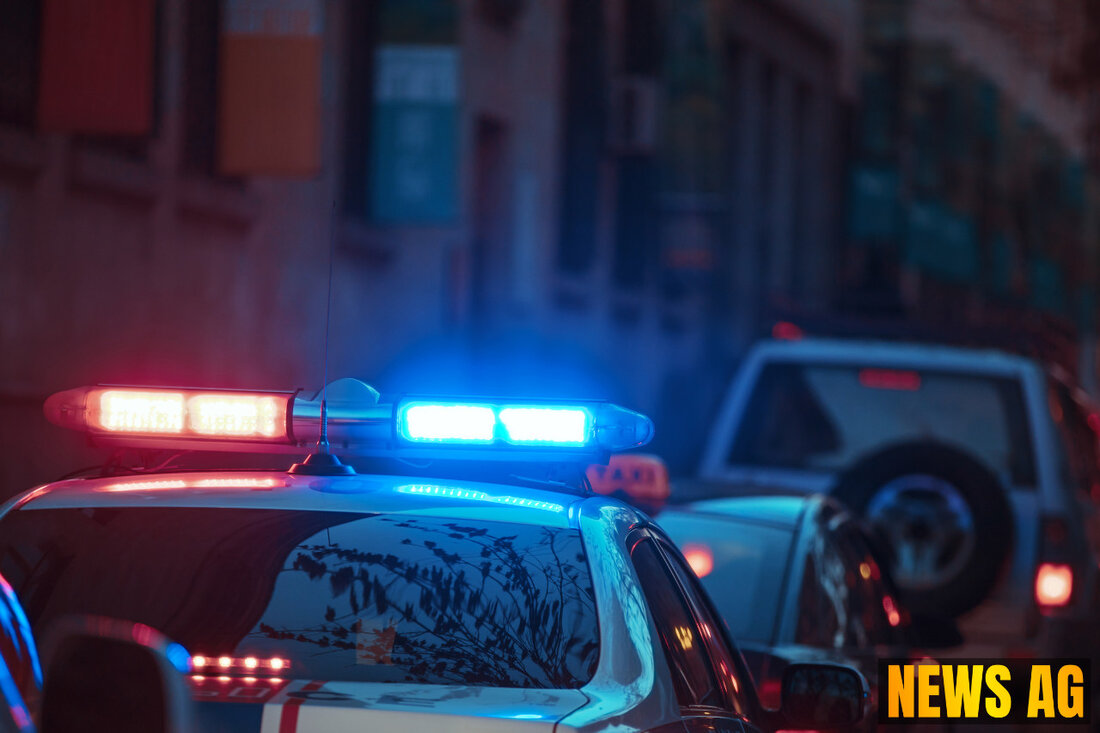Wild Police Chase Ends on South Florida Beach, Suspect Wields Flag!
A police chase on Bal Harbour beach involving Orlando Taboada ended dramatically with his arrest as he waved a flag.

Wild Police Chase Ends on South Florida Beach, Suspect Wields Flag!
In a bizarre turn of events early Friday morning, a police chase erupted on the beach between Bal Harbour and Surfside, leaving many onlookers astonished. Orlando Pablo Taboada, 53, from Hialeah, sparked the whole chaos shortly after 8 a.m. when he was reported for driving the wrong way on 96th Street. He took off recklessly, careening through lanes and even jumping curbs at high speeds before crashing onto the sandy shore. During the chase, Taboada managed to collide with police cruisers from both Bal Harbour and Surfside, demonstrating a blatant disregard for public safety. As captured in video footage, he smiled and waved not only his passport but also an American flag while police officers attempted to subdue him with a Taser after he got stuck in the sand. Surfside Police Chief Charles Press emphasized just how dangerous the situation was for both the officers involved and the public at large. Taboada now faces several felony charges for his reckless actions.Local10.com reports.
The ramifications of such police pursuits are increasingly under scrutiny, especially given the rising fatalities linked to police chases across Florida. A report by Jack Lemnus from TCPalm, drawing on over a year of in-depth research, highlights a concerning trend: deaths resulting from Florida Highway Patrol (FHP) pursuits rose dramatically from five in 2023 to a staggering fifteen in 2024. This sharp increase is intertwined with a significant uptick in high-risk tactics, such as the Precision Immobilization Technique (PIT), that saw its usage swell from 100 instances to 286 within the same timeframe. Lemnus meticulously analyzed pursuit policies, interviewed grieving families, and reviewed dashcam footage from perilous incidents, including a tragic February 2, 2024 crash that resulted in the deaths of both an FHP trooper and a semi-truck driver. The broader implications of such pursuits are becoming impossible to ignore, especially considering the recent policy changes by FHP that allowed for more aggressive maneuvers on public highways. These changes have some families questioning why such risky tactics are deemed necessary in pursuits that often involve non-violent offenses.TCPalm.com elaborates.
Growing Calls for Reexamination of Police Policies
As communities wrestle with the dangers of police pursuits, multiple incidents, including one involving four teenagers in north central Florida, underpin the urgent need for effective policy reform. In April 2024, a stolen vehicle chase led to the tragic deaths of the teenagers when a PIT maneuver executed by Trooper Alan Palmer resulted in a devastating crash into a utility pole. Families are left to grapple not only with their loss but also with the question of whether such aggressive tactics are justified. Observers note that performing a PIT maneuver at high speeds, particularly under the current FHP policy guidelines, teeters dangerously close to using deadly force. The implications for public safety are grave, and advocacy groups continue to push back against these policies, demanding a more thoughtful approach that underscores the necessity of prioritizing lives over high-speed pursuits.WGCU.org provides additional context.
As the dust settles from Friday’s beach debacle, the broader conversation about police pursuits in Florida seems to be heating up. Many are asking: When does it become a question of public safety versus the chase itself? With pursuit-related deaths on the rise, Florida officials may need to rethink their approach to law enforcement and make necessary adjustments to their policies. As citizens, we hold the right to question whether the risks of high-speed chases and aggressive tactics truly serve the common good or simply put more lives at risk. A vibrant and engaged public discourse on this pressing issue may just be what’s needed to steer policymakers toward safer solutions.

 Suche
Suche
 Mein Konto
Mein Konto